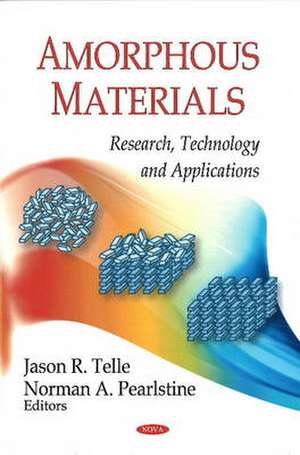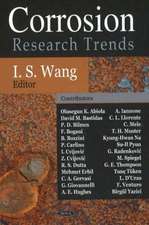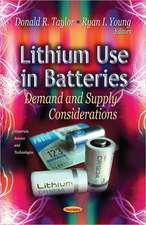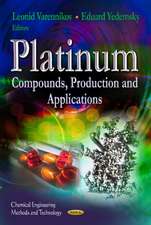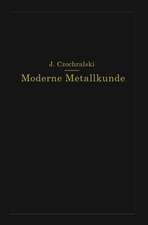Amorphous Materials
Autor Jason R. Telle, Norman A. Pearlstineen Limba Engleză Hardback – 23 sep 2009
Preț: 968.74 lei
Preț vechi: 1320.25 lei
-27% Nou
Puncte Express: 1453
Preț estimativ în valută:
185.39€ • 192.84$ • 153.05£
185.39€ • 192.84$ • 153.05£
Carte disponibilă
Livrare economică 25 martie-08 aprilie
Preluare comenzi: 021 569.72.76
Specificații
ISBN-13: 9781606922354
ISBN-10: 1606922351
Pagini: 335
Ilustrații: tables & charts
Dimensiuni: 188 x 265 x 26 mm
Greutate: 0.94 kg
Ediția:New.
Editura: Nova Science Publishers Inc
ISBN-10: 1606922351
Pagini: 335
Ilustrații: tables & charts
Dimensiuni: 188 x 265 x 26 mm
Greutate: 0.94 kg
Ediția:New.
Editura: Nova Science Publishers Inc
Cuprins
Preface; Computer Modeling of Amorphous Metals; Novel Amorphous and Nanocrystalline Soft Magnetic Materials; Relationship Of Fragility and Dilatation with Glass-forming Ability of Pr-Based Bulk Metallic Glasses; Studies of Isolated Pores in Non-Graphitazable Carbon by Solid-State NMR; Ge:Sb:Te Stoichiometric and Eutectic Films for Phase-Change Memory Technology; Significance of the Amorphous State - A Pharmaceutical Approach; Fundamentals and Technological Applications of Hydrogen Absorbing Mg Amorphous Alloys; Reuse Strategies for Dual-Layer Organic Photoreceptors; A New Approach to the Ab Initio Generation of Amorphous Semiconducting Structures. Electronic and Vibrational Studies; Index.
